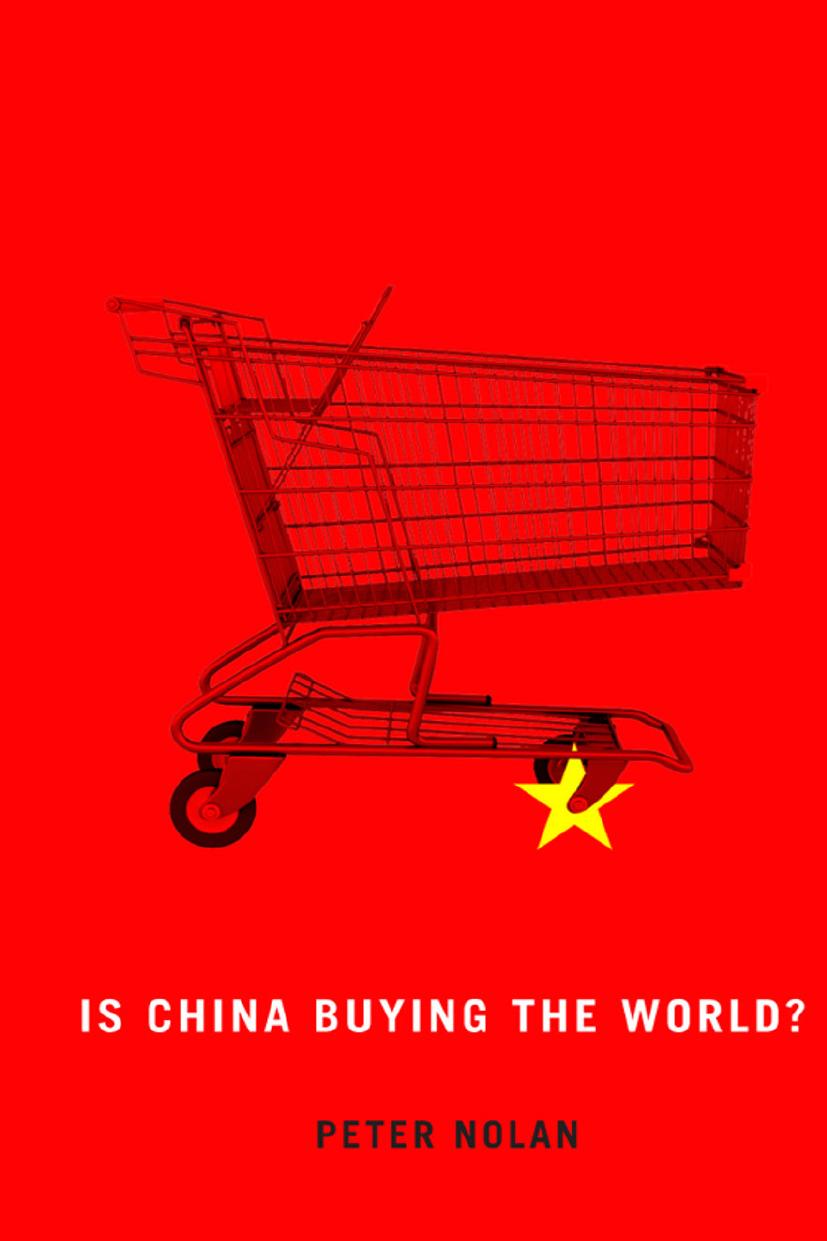Is China Buying the World by Peter Nolan

Author:Peter Nolan
Language: eng
Format: mobi, pdf
Publisher: Wiley
Published: 2013-04-28T14:00:00+00:00
3.5 Multinational companies ‘going in’ to China
It would be a serious misunderstanding of the strategy of multinational companies to exaggerate the significance of China compared with other parts of the developing world. For example, the growth of inward FDI into Latin America and the Caribbean, mainly from the leading international firms, has outpaced that into China by a wide margin. The stock of inward FDI in China is less than one-third of that in Latin America and the Caribbean (table 9). China’s large firms have only just begun their process of ‘going out’. Outside China they must confront global giant firms with well-established production systems across the world, in both high-income and developing countries. Leading businesses from the high-income countries have been ‘going out’ for the whole era of modern capitalist globalization.
For example, US-based Caterpillar is the world’s leader in construction and earth-moving equipment.32 In 2009 CAT’s North American revenue amounted to $16.7 billion, compared with $4.5 billion from Latin America, $14.3 billion from Europe, Africa and the Middle East, and $6.4 billion from the Asia-Pacific region. The combined employment of CAT and its dealer network totalled 104,000 in North America, 31,400 in Latin America, 55,000 in Europe, Africa and the Middle East, and 32,800 in Asia-Pacific. Praxair is a US-based company of which few people have heard, but it is representative of leading firms within the global value chain. It occupies a key position within the supply chain of many different sectors, supplying industrial gases around the world. In 2009 its assets were distributed as follows: $7.2 billion in North America, $3.2 billion in Latin America, $2.4 billion in Europe, and $1.9 billion in Asia. It employed 10,183 people in the USA and 16,078 people in other parts of the world.
At the same time that Chinese firms are trying to ‘go out’, they must also face global companies who carry the competitive struggle deep into the Chinese economy, with their international production systems as the foundation. In terms of military strategy, the leading multinational companies are taking the ‘war’ into the enemy’s camp, ‘going in’ to China in order to weaken the fighting capability of indigenous firms before they can build their capability outside the country. The ‘war’ is made more complex by the weakening relationship of the multinational companies with the political economy of their home country.
China is a key part of the growth strategy of most multinational companies. It has consistently been the largest recipient of inward FDI among developing countries. Although the role of foreign firms is tightly constrained in strategic industries, over large parts of the Chinese business system, international companies have rapidly expanded their investments, employment and sales, occupying important positions within these sectors. They view expansion in China as critical to their long-term prospects. The rapid growth of the Chinese economy since the eruption of the global financial crisis has helped greatly to sustain the prospects for global companies based in high-income countries.
Despite the attenuation of the relationship of global firms with their
Download
This site does not store any files on its server. We only index and link to content provided by other sites. Please contact the content providers to delete copyright contents if any and email us, we'll remove relevant links or contents immediately.
| Anthropology | Archaeology |
| Philosophy | Politics & Government |
| Social Sciences | Sociology |
| Women's Studies |
The Secret History by Donna Tartt(18794)
The Social Justice Warrior Handbook by Lisa De Pasquale(12109)
Thirteen Reasons Why by Jay Asher(8761)
This Is How You Lose Her by Junot Diaz(6734)
Weapons of Math Destruction by Cathy O'Neil(6107)
Zero to One by Peter Thiel(5652)
Beartown by Fredrik Backman(5568)
The Myth of the Strong Leader by Archie Brown(5392)
The Fire Next Time by James Baldwin(5218)
How Democracies Die by Steven Levitsky & Daniel Ziblatt(5105)
Promise Me, Dad by Joe Biden(5059)
Stone's Rules by Roger Stone(5004)
A Higher Loyalty: Truth, Lies, and Leadership by James Comey(4817)
100 Deadly Skills by Clint Emerson(4816)
Rise and Kill First by Ronen Bergman(4671)
Secrecy World by Jake Bernstein(4612)
The David Icke Guide to the Global Conspiracy (and how to end it) by David Icke(4588)
The Farm by Tom Rob Smith(4413)
The Doomsday Machine by Daniel Ellsberg(4389)
